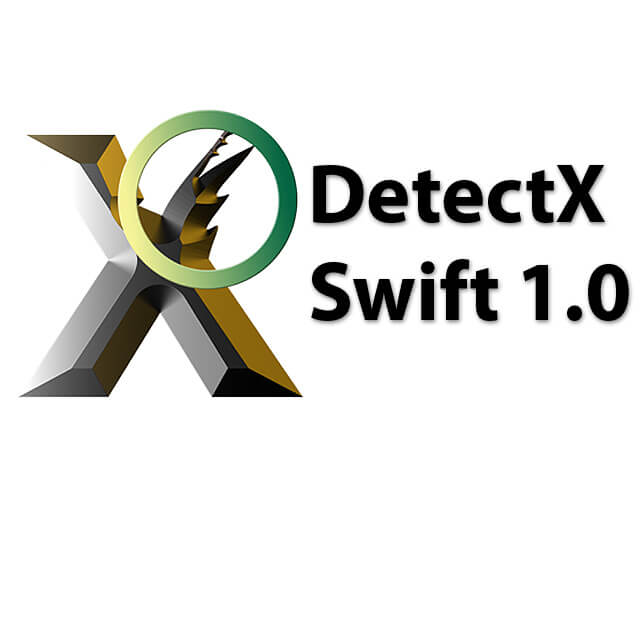
The “BIPED” classification was subsequently revised to “BIPEDS,” including “Safety.” Many reviews on biochemical markers using the BIPEDS classification have been published. 1 The acronym “BIPED” stands for Burden of disease, Investigate, Prognostic, Efficacy of intervention, and Diagnostic. In 2006, the BIPED classification was created with the aim of providing a common framework for communication in the field.

3 At the preclinical phases, the 3 major applications of biomarkers are their use in toxicology studies, in the selection of appropriate animal models and lead compounds and in the identification of the mechanisms of action of an intervention. 2 Furthermore, soluble biomarkers can be used as “drug development tools” at preclinical stages and throughout clinical development in phase I to IV trials.

An alternative is the measurement of soluble biomarkers in biological fluids, not only to early diagnose but also to predict the progression of the disease and to assess the effectiveness of treatments. In this purpose, imaging techniques such as ultrasound and magnetic resonance imaging (MRI) have been developed, but their use is limited by their cost and availability. 1, 2 However, a diagnosis of the disease at a preradiographic stage, when the first molecular changes occur in joint tissues, would be helpful for a better management of the disease. Currently, its diagnosis is mainly based on radiographic criteria (e.g., joint space width) and clinical symptoms (e.g., pain and loss of function). It’s so fast people sometimes wonder if it’s really doing much at all.Osteoarthritis (OA), a disease of the entire joint, is characterized by, synovial inflammation, ligament hyperlaxity, and abnormal subchondral bone remodeling. These permissions are on a per-job basis, meaning DetectX cannot do anything except the job you authorise and only at the time you authorise it: DetectX does not hold on to those permissions once the job has been done.ĭetectX Swift is probably the fastest tool of its kind on the market.
#Detectx swift review install#
It does not install any Kexts (Library Extensions) or Privileged Helper Tools running as root.ĭetectX rarely needs to elevate permissions, but when it does (such as if you choose to delete something outside of your Home folder), DetectX will always ask for those via macOS’s own security protocol. Unlike other security and troubleshooting tools, DetectX does not install itself with root permissions. There are also command line tools for Network Admins and advanced users.
#Detectx swift review mac#
After all, it’s your Mac, not ours (and not Apple’s!).ĭetectX Swift also allows you fine-grained insight into what is on your Mac through the dynamic Profiler. It has the ability to not only identify files that can cause problems, but also to flag running processes whose behaviour is suspicious.ĭetectX doesn’t delete files automatically. In DetectX Swift, you also have the ability to run differentials between one timestamp and another, giving you very fine visibility into how your Mac has changed over time.ĭetectX uses advanced heuristics to alert you to known issues as well as unknown ones. You can review recent changes (since DetectX’s last launch) or all changes since you started using DetectX. How can you figure out when and where things went wrong?ĭetectX Swift’s History section shows you what has been added or deleted to critical areas of your Mac. Have you ever had a problem with your Mac and wondered how it got in that state? Everything used to work just fine until one day it doesn’t.

If you are new to DetectX and DetectX Swift, you are probably wondering whether you need it and is it any good? Let me try to address those questions here.


 0 kommentar(er)
0 kommentar(er)
